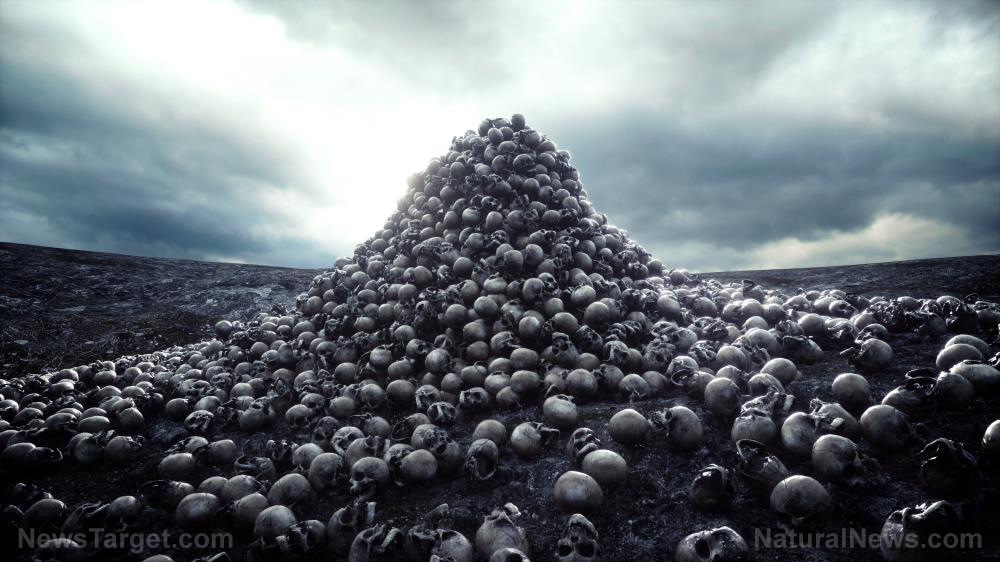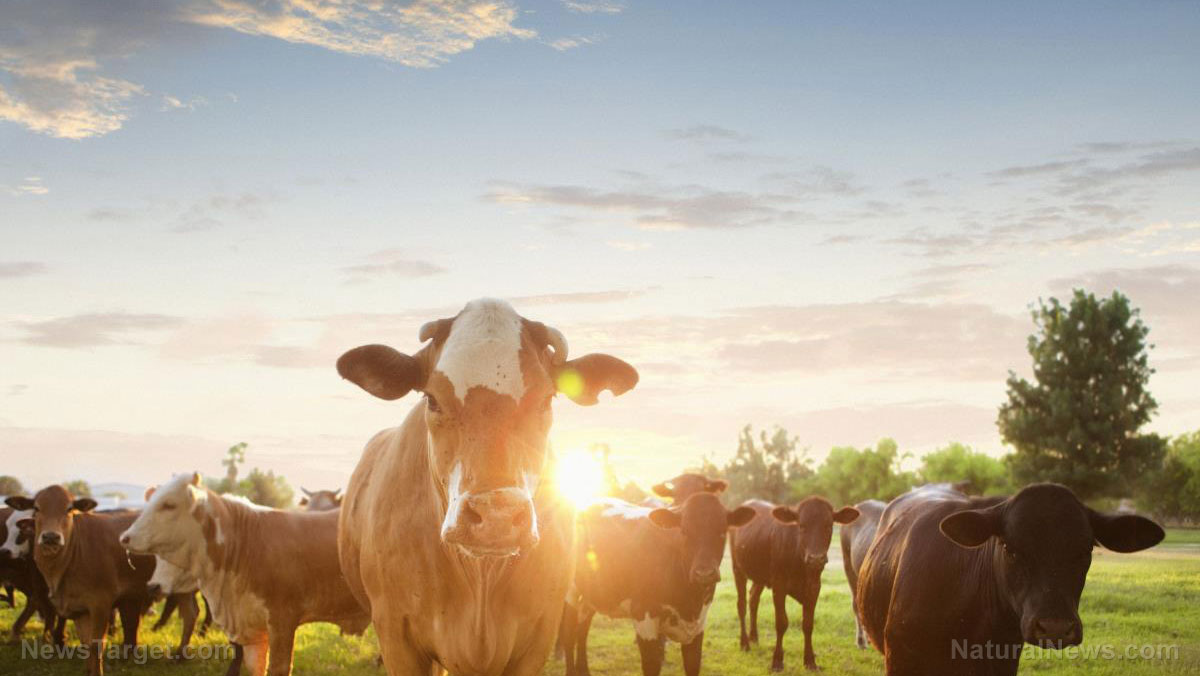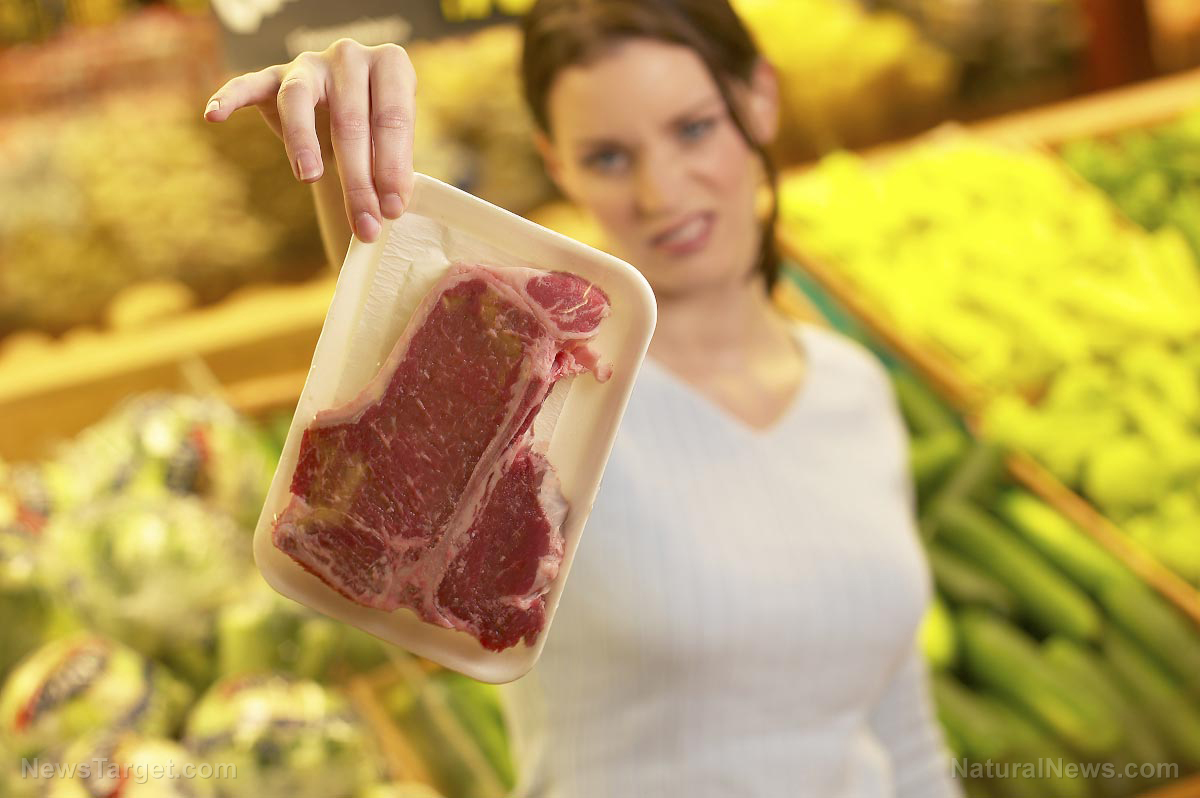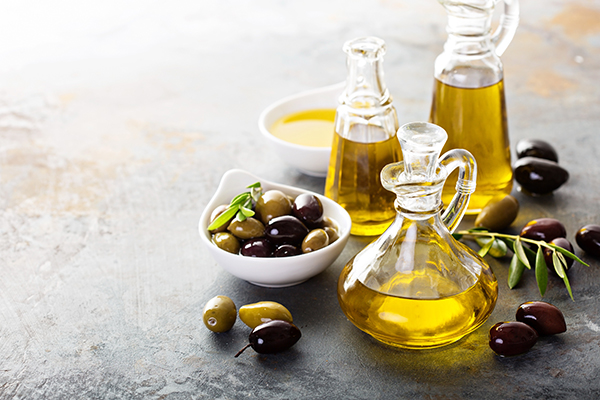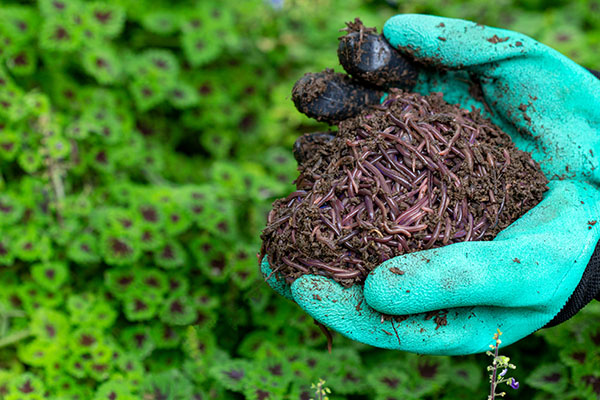
How times have changed. The United States, known to be the land of plenty, the perennial world leader in food export, is now feeling the pinch of reduced crop yields with hunger posing a legitimate threat for a huge segment of the population.
A congruence of mitigating factors likened to a "perfect storm" have decreased food production, affected the stability of the agricultural sector and shook the economy as a whole. (Related: Millions face severe hunger as war, drought and bad government policies exacerbate global food shortages.)
Prolonged drought, harsh winter in some areas, spiraling fertilizer and oil prices, supply chain disruptions, the bird flu pandemic, citrus greening, bad government policies, the Wuhan coronavirus (COVID-19) pandemic and the Russian invasion of Ukraine have all contributed to the shrinking food supply that is now nearing critical level, a situation unheard of in this dream destination before.
And with no immediate solution, the food shortage could only get worse in the coming months.
To cite a few cases, beef production is expected to decline by seven percent next year. That's because the worst drought in at least 1,200 years is ravaging western areas in the country, reducing grazing areas and forcing ranchers to reduce the size of their herds because of the high costs of supplemental feeds.
As a result, cattle prices are also expected to reach new heights owing to the higher production costs. Of course, meat packers like Tyson Foods Inc., JBS USA Holdings Inc., Cargill Inc., and National Beef Packing Co. will be affected, although it's highly probable that they will just pass the additional costs onto consumers.
Ground beef and chicken prices have also soared beyond previous levels. With vast parched land rendered barren, the winter wheat harvest has turned out to be eight percent smaller than last year. The U.S. Department of Agriculture, in its May 12 Crop Production report, forecast this year's winter wheat production to be 1.173 billion bushels – eight percent less than the 1.22 billion bushels tallied last year.
There's no surprise there as the total cultivated area devoted to wheat dropped to 24.5 million acres, down 965,000 acres from last year. The average yield fell to 47.9 bushels an acre, which is below the 50.2 bushels an acre recorded in 2021.
The abnormal wet weather conditions in the Midwest also affected the crops as spring planting got delayed and never fully recovered.
In its latest crop progress report, the Agriculture Department has determined that only "49 percent of corn acreage and 3o percent of soybean acreage has been planted in the 18 states surveyed, a sharp drop from the 78 percent and 58 percent acreage posted last year, respectively."
Meanwhile, more than 37 million chickens and turkeys have been wiped out or culled in the country because of the bird flu pandemic that struck last year.
With the reduced flock, egg production also declined and, naturally, the prices rise. According to reports, a dozen Happy Egg free-range grade-A large brown eggs are now being sold for $4.99. But because of the limited supply, consumers are forced to buy the eggs despite the bloated prices.
Citrus greening devastates Florida groves
Another crippling plant disease is raging in the Florida groves. Citrus greening, or yellow dragon disease, has devastated millions of acres, with the infected trees producing fruits that are green, misshapen or bitter. Thus far, it has resulted in Florida's worst citrus crop in 70 years. Further, if left untreated, it will kill the orange tree within a few years.
No wonder, the Biden administration is getting worried.
This year's food harvests are sure to be lesser in quantity than expected and command higher prices.
With world production and distribution affected by the Russia-Ukraine war, the United States would be hard put to store enough food for its citizens. That's because global supply is also limited, hampered by the same factors that brought down the United States' agricultural output.
According to Sara Menker, the CEO of Gro Intelligence, global food supplies are dwindling fast. "We currently only have 10 weeks of global consumption sitting in inventory around the world," Menker said. "Conditions today are worse than those experienced in 2007 and 2008."
During those times, rice prices increased 224 percent; wheat prices increased 108 percent; and corn went up 89 percent. Those price spikes contributed to food insecurity worldwide; led to civil unrest in several nations; and generated appeals for food aid from 36 countries.
Although the spikes in prices aren't at those levels yet, it's better to act now as government agencies estimate that the "current wheat inventories are hovering around 33 percent of annual consumption."
Based on models created by Gro Intelligence, however, the true figure is more like 20 percent. "It is important to note that the lowest grain inventory levels the world has ever seen are now occurring while access to fertilizers is highly constrained," Menker added.
If the situation doesn't improve, experts estimate that one-fifth of the global population or as many as 1.7 billion [people could soon experience poverty and hunger if the Russia-Ukraine conflict continues. That's because Ukraine and Russia account for more than a quarter of the world's wheat exports, and Russia is the world's second-largest oil exporter after Saudi Arabia.
That's why demand at food banks worldwide is on the rise. The Global Food Banking Network, with member food banks in 44 countries, are reporting that higher food prices are contributing to an increase in demand for emergency food assistance.
And these situations will persist until the bizarre weather conditions normalize, the Russia-Ukraine confrontation is resolved, the supply chain and distribution of products smoothen out and the outbreaks of new diseases get prevented.
Visit FoodCollapse.com for more related news.
Watch this video as John Kerry warns that food supply collapse will kill a hundred million people.
More related stories:
GMO HAMBURGERS? FDA approves genetically engineered cows for beef production.
The food supply is collapsing, and chemical companies are partly to blame.
Sources include:
Please contact us for more information.






















